In this blog, we review the state of the global labour market in light of the SDGs, exploring the challenges we face as the global economic recovery from the COVID-19 pandemic is being hampered by rising inflation, supply chain disruptions, and the war in Ukraine.
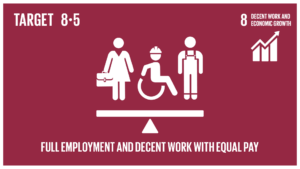
Unemployment remains above pre-pandemic level
The global unemployment rate declined significantly in 2022, falling to 5.8 per cent from a peak of 6.9 per cent in 2020 as economies began recovering from the shock of the COVID-19 pandemic. Despite an uncertain global economic outlook, unemployment is projected to increase only moderately in 2023, as a large part of the shock is being absorbed by falling real wages in an environment of accelerating inflation. Global unemployment is projected to edge up slightly in both 2023 and 2024, reaching 211 million, although the rate will remain at 5.8 per cent.
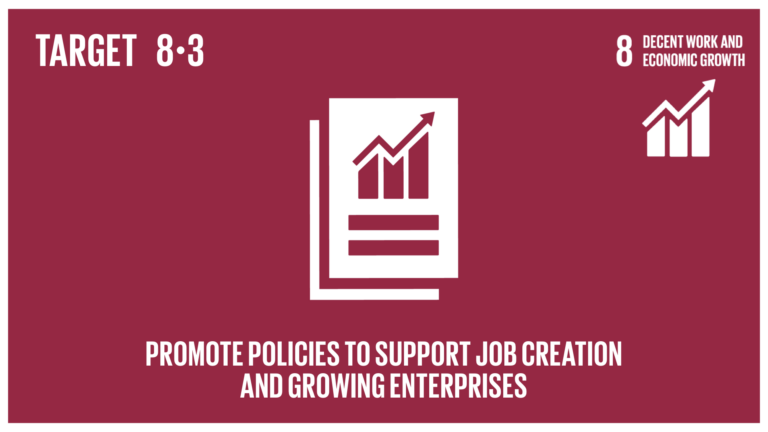
More workers pushed into informal employment
Globally, 58.0 per cent of those employed were in informal employment in 2022, amounting to around 2 billion workers in precarious jobs, most lacking any form of social protection. Before the onset of the pandemic, the incidence of informal employment had been slowly declining and stood at 57.8 per cent in 2019. The initial waves of the pandemic resulted in disproportionate job losses for informal workers, particularly for women, during 2020. The subsequent recovery has been driven by informal employment, which has caused a slight increase in the incidence of informality worldwide. Informal employment often acts as a “last-resort” option for earning a living, pushing more workers into jobs of worse quality and depriving others of adequate social protection.

Slowdown in productivity growth not just in developed economies
After a sharp decline in 2020 due to the COVID-19 pandemic, labour productivity rebounded in 2021, rising by 2.4 per cent. Productivity growth slowed in 2022, increasing by only 0.5 per cent. However, even before the onset of the COVID-19 pandemic, productivity growth had been slowing around the world. The latest estimates extend the downward growth trend, from an average annual rate of 1.8 per cent between 2000-14 to 1.4 per cent between 2015-22. This is a matter of much concern since productivity growth is key to addressing today’s multiple crises in purchasing power, well-being, and ecological sustainability.
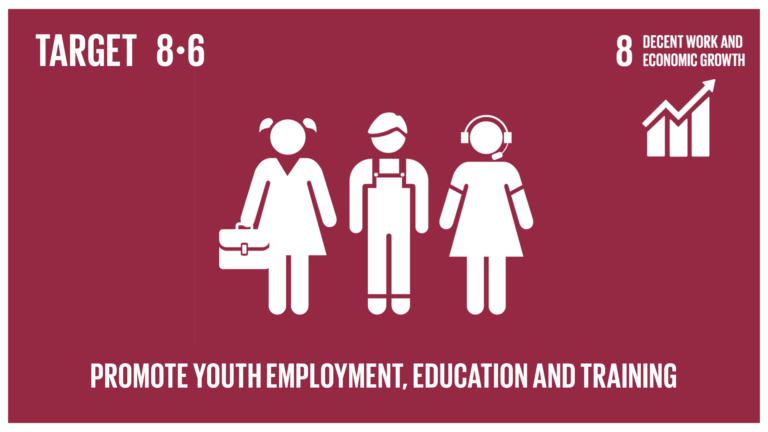
Dismal labour market prospects for youth
Almost a quarter (23.5 per cent) of the world’s youth were not in education, employment, or training (NEET) in 2022. Although this is a slight decrease since 2020, when the NEET rate was at an all-time high, it remains higher than pre-pandemic levels and above the 2015 baseline of 22.2 per cent. In other words, the COVID-19 pandemic exacerbated a trend already on the rise, as youth suffered higher employment losses than older workers and quit their studies due to the massive disruptions in education and on-the-job training. There has been minimal recovery.
Efforts to reduce youth NEET rates need to be intensified as the world recovers from the COVID-19 crisis. Too many young people – some 289 million – are neither gaining professional experience through a job nor developing their skills through participation in an educational or vocational programme. This is not only a waste of economic potential, it is also likely to have a lasting impact on affected youth, making it harder for them to transition into the labour market in the coming years.
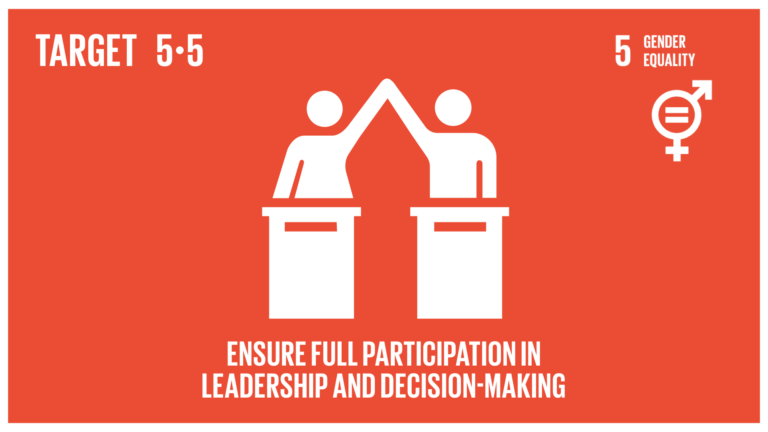
Gender parity in managerial positions will take generations
For decades, women have been facing persistent barriers to accessing decision-making positions such as legislators, senior officials, CEOs, and other managerial occupations. Globally, they held only 28.2 per cent of management positions in 2021, although they accounted for almost 40 per cent of total employment. While the share of women in management has been on the rise worldwide and is slightly higher than in pre-pandemic times, progress has been slow, with an increase of only 0.9 percentage points since 2015. At the current rate of progress, more than 140 years would pass before gender parity in managerial positions would be achieved.
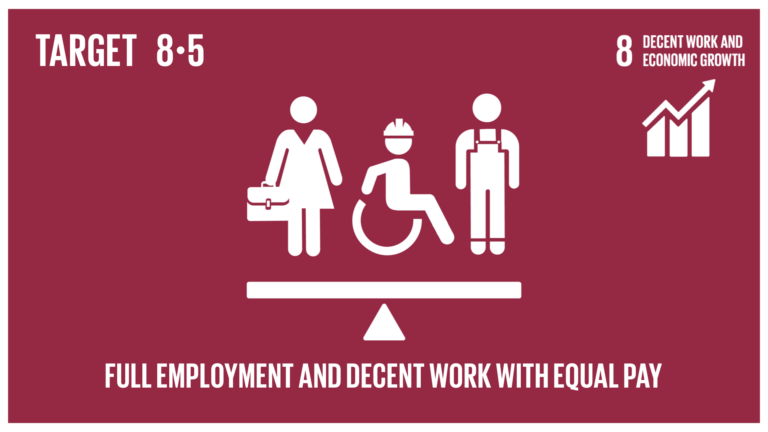
Gender pay gap much wider than previously thought
Equal treatment in employment, including fair and equitable earnings, is fundamental for achieving decent work for all. The median gender wage gap across 102 countries with recent and comparable data (based on hourly earnings of employees) is approximately 14 per cent.
While hourly earnings (and the derived gender pay gap) is the official SDG indicator, a new ILOSTAT indicator on gender labour income gaps points to much wider imbalances between women and men. Since almost half of the world’s workers are self-employed, labour income – encompassing earnings of all workers, not just employees – provides a more comprehensive picture of pay gaps. In 2020, for each dollar men earned in labour income, women earned only 52 cents.
In low and lower-middle income countries, the gender disparity in labour income is much worse, with women earning 33 cents and 29 cents on the dollar respectively. This striking disparity in earnings is driven by both women’s lower employment level, as well as their lower average earnings when they are employed.
Concluding remarks
The COVID-19 pandemic has had a major impact on the global labour market in recent years. On top of this, new challenges have emerged that are also having detrimental effects on the world of work, including sharp rises in inflation, supply chain disruptions and the war in Ukraine. These multiple challenges are affecting prospects for achieving the SDGs. The trends highlighted in this blog underscore the urgent need for action to promote social justice, by addressing the issues of job creation, informality, productivity, youth employment, and gender parity. Policymakers, employers, workers, and civil society must work together to ensure a sustainable and inclusive recovery that leaves no one behind. This includes investing in education and training, strengthening social protection systems, promoting decent work, and advancing gender equality.
About the SDGs
The 2030 Agenda and the SDGs were adopted in 2015 by the United Nations General Assembly. The 17 SDGs are a universal call to action to end poverty, protect the planet, and ensure that all people enjoy peace and prosperity. They cover a broad range of social and economic development issues, including poverty, hunger, health, education, climate change, gender equality, water, sanitation, energy, the environment and social justice, with a focus on the most vulnerable and a commitment that “no one will be left behind.”
The ILO's role in the SDGs
As a custodian agency, each year the ILO reports to the UN on 14 SDG indicators, grouped under 5 of the 17 Goals. Many of these indicators fall under Goal 8, which aims to “promote sustained, inclusive and sustainable economic growth, full and productive employment and decent work for all”. It highlights the importance of decent work in achieving sustainable development. The ILO also works to strengthen countries’ capacity for producing high-quality labour statistics.
How data and statistics help to advance the SDGs
To shape policies and interventions, we first need to assess where we stand and if any progress has been made. Even well-intentioned policymakers are working in the dark when they lack the relevant data. High-quality, timely, and disaggregated data enable more targeted responses. In this respect, national governments and the international community must prioritize developing and improving statistical infrastructures.
Authors
-

Marie-Claire Sodergren
Marie-Claire is a Senior Economist in the Data Production and Analysis Unit of the ILO Department of Statistics.
-

Vipasana Karkee
Vipasana is a statistician in the Data Production and Analysis Unit of the ILO Department of Statistics.
-

Steven Kapsos
Steven Kapsos is Head of the Data Production and Analysis Unit at the ILO.












